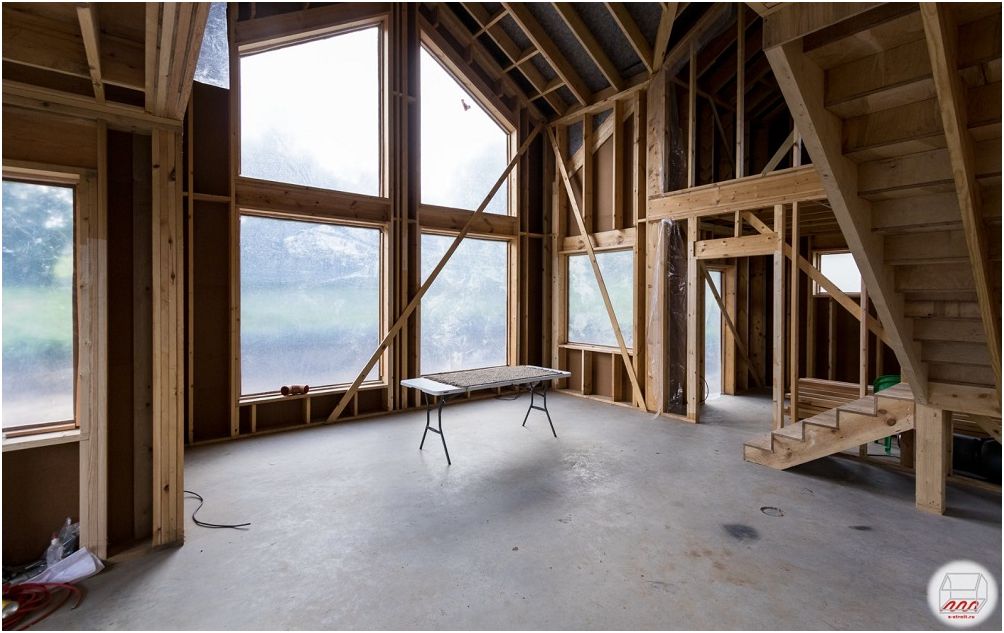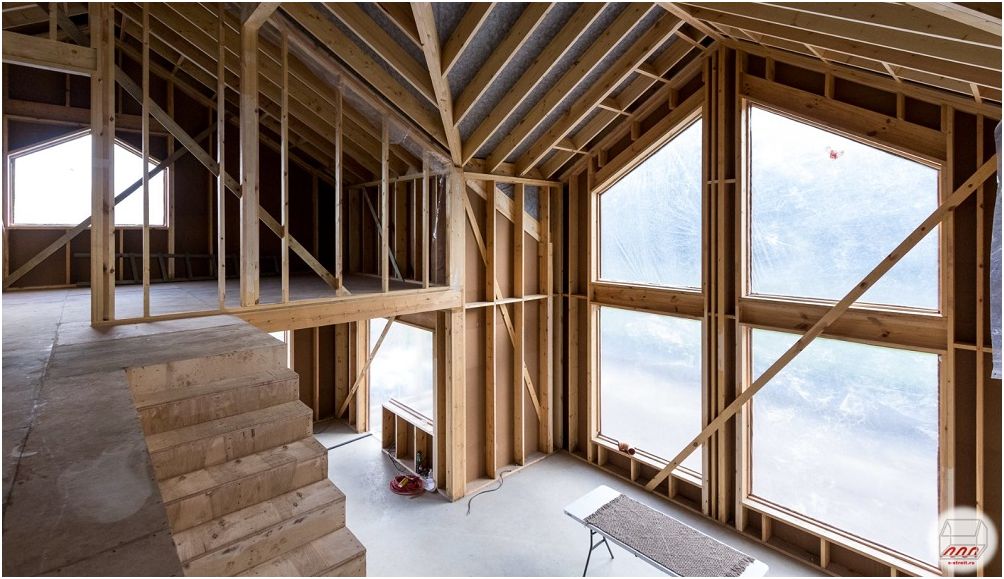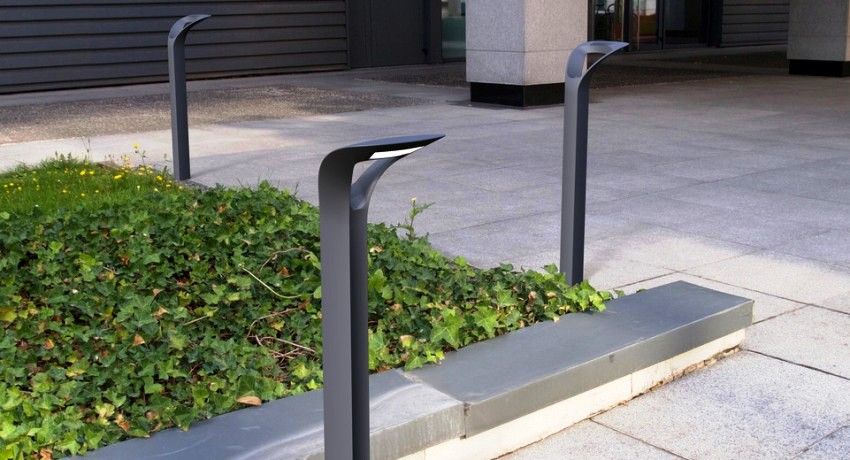The warm floor allows you to use different finishing materials for decoration. It doesn’t have to be ceramic tiles – you can also choose panels. Consider which panels will be the best solution.
When choosing floor panels for underfloor heating, pay attention to whether the product is adapted to the floor covering. It is worth knowing that while most of these materials can be used with a water-heated floor, only a few are suitable for an electrical system..
Types of underfloor heating
Underfloor heating is a system that radiates heat over a large area, in which a heating element is built into the base. They can be water or electric – either hot water pipes (water heating of the floor in the house) or electric heating cables are concreted into the floor. In hot water, as in central heating with radiators, the water is heated and distributed through a piping system to individual rooms. The heat source can be a gas or other boiler, heat pump, solar panels, or a combination of these sources. However, compared to conventional central heating, a lower heating water temperature is required here, as well as a significantly lower temperature drop..
Radiator systems operate with a temperature gradient of 80/60 ° C or 75/50 ° C, underfloor heating is sufficient – with values of about 38/35 ° C. Since the water does not need to be heated to a high temperature, these so-called low temperature systems are more economical and allow the connection of alternative sources such as heat pumps and solar panels. Polybutene tubing, ideally positioned on the motherboard, best meets quality and safety requirements. They are reliable and durable, at the same time flexible and malleable, their walls are resistant to dirt and limescale, easy to install and have a service life of at least 50 years. They are specially designed for warm floor systems, unlike other cheaper ones that are also used for conventional water distribution..
 The electrical system heats the surface using resistance wires. Therefore, it does not need a heat source other than an electrical connection. We can easily install it only in some rooms, often it is used only in the bathroom or in the kitchen. Due to its low installation height, it is suitable for renovations. Electric floor heating is a low cost of arrangement. The amount of operating costs depends on the rate of electricity and heat losses in the house..
The electrical system heats the surface using resistance wires. Therefore, it does not need a heat source other than an electrical connection. We can easily install it only in some rooms, often it is used only in the bathroom or in the kitchen. Due to its low installation height, it is suitable for renovations. Electric floor heating is a low cost of arrangement. The amount of operating costs depends on the rate of electricity and heat losses in the house..
Therefore, it is of interest for heating the whole house, especially for energy-saving and passive houses, where, due to the low heat losses, the electricity consumption for the operation of the system is low, and therefore the ratio between purchase and operating costs is favorable. In addition, in these cases, a favorable electricity tariff is provided. Such a floor heating system is used even outside the house, it is possible to install it in front of the entrance to the garage, on the driveway.
What you need to know about heating a wooden floor
Before installing a warm floor, you need to study the basic recommendations:
- The most suitable wood flooring for the system is 3-layer wood planks.
- When gluing the material to the base, use a special adhesive designed for this purpose, which retains all properties and flexibility for a long time, even with large temperature fluctuations.
- For a perfect installation, care must be taken to ensure that the moisture content of the wooden floor does not deviate from the permissible range during installation..
- It is recommended to maintain an optimal temperature of 21 ° C for the first 48 hours after styling, and then increase it by 1-2 degrees per day. Do not exceed the temperature of 29 ° C on the surface of the board (set the thermostat to the appropriate value). Regardless of the heating system used, the relative humidity in the room must be maintained in the range of 45% -60% all year round.
- Underfloor heating should cover the entire area of the room. Heating the entire area most effectively prevents uneven heat load on the wood. It also provides maximum user comfort – there are no cooler areas.
- At the end of the heating season, the temperature should be gradually reduced by about 1 ° C (max. 2 ° C) per day.
Electric underfloor heating is the best option to achieve your goal and prevent the risk of warping your flooring.
Underfloor heating under tiles
Most often, electric underfloor heating is used in bathrooms, toilets, corridors or kitchens. Heating mats are used wherever it is necessary to achieve the effect of a warm floor or comfortable heating of the room. They can be used as a primary heat source or as secondary heating, providing floor heating. Resistive heating technology has been known for many years. It is very popular due to the long service life of the heating system, affordable price and ease of installation..
The heating mat is designed for direct heating of rooms under ceramic, porcelain stoneware and stone tiles. The entire heating system is very easy to install and can be used at any stage of renovation or in new buildings. Room temperature and floor temperature controlled by a room thermostat.
Panels for water and electric floor heating
Water or electric underfloor heating is a heating system that is used only in some rooms in the house (most often in the living room, kitchen, bathroom and hall) or on its entire surface. The best type of flooring for these systems is materials that conduct heat very well into the room and are not affected by temperature changes, such as ceramic tiles. However, if you also have underfloor heating in your living room or bedroom, it is a good idea to use good quality panels (such as laminate, vinyl or hardwood), which are much more pleasant to use in this type of space..
However, it should be borne in mind that not all types of panels can be installed on top of such systems. In addition, panels are slightly worse than ceramic tiles, withstand temperature changes and less efficiently dissipate heat into the environment. It is also worth knowing that most of the panels designed for underfloor heating can be used for hot water heating, but their use on electric floors is not recommended. Only a few products with high resistance to sudden changes in temperature are suitable for electrical heating surfaces that have very short heating times.
What to look for when choosing panels for underfloor heating
When choosing floor panels, pay attention to the labeling of individual products. The symbol with three arrows pointing up means that the panels can be used with underfloor heating. It is worth checking with the panel manufacturer whether their product can be used only for hot water heating or for electric. The floor surfaces used in the living room and hall, that is, in the most exploited rooms, require paneling, which must be distinguished by a high class of wear resistance and ease of use, as well as an appropriate thickness. It is also worth paying attention to their assembly method.
The floor surfaces used in the living room and hall, that is, in the most exploited rooms, require paneling, which must be distinguished by a high class of wear resistance and ease of use, as well as an appropriate thickness. It is also worth paying attention to their assembly method.
- Wear resistance class. It is designated by the symbol AC and a number. In the case of underfloor heating, panels of a class not lower than AC3 should be selected. These types of products are resistant to walking in hard shoes, scratches and surface damage.
- Usability class. This parameter indicates the degree of resistance of the panels to impact, abrasion, scratches by furniture, walking in stiff shoes and the effect of increasing thickness after swelling. The panels are divided into 6 classes, numbered 21–33. The first number indicates the type of room (2 is a living room, 3 is a public area), and the second number indicates the intensity of use of the panels (1 is a room with low traffic, and 3 is a room with high traffic). The best choice is panels with utility class 31-33, which will withstand temperature extremes and at the same time will be resistant to intensive use..
- Thickness. Commercially available panels are 6–14 mm thick. The thicker the panels, the more resistant they are to high temperatures. In the case of underfloor heating, the panels must conduct heat well from the surface to the environment and at the same time be resistant to deformation, therefore, the best solution would be products with a thickness of 8-10 mm..
- Installation. Panels are usually secured using adhesive or snap-on systems. In the case of underfloor heating, use panels designed for glueless installation.
What underfloor heating to choose
The panels require the use of a suitable underlay. On the market there are gaskets made of polyurethane foam, foil, cardboard and quartz mat. What is the best substrate for? First of all, you should choose products that conduct heat well. For this reason, a foam bed is a great solution. Corrugated cardboard and foil substrates are also distinguished by their low thickness, good thermal conductivity and rather low price. It should be remembered that the substrate under the panels should not be thicker than 3 mm in order to well dissipate heat from the floor covering.

